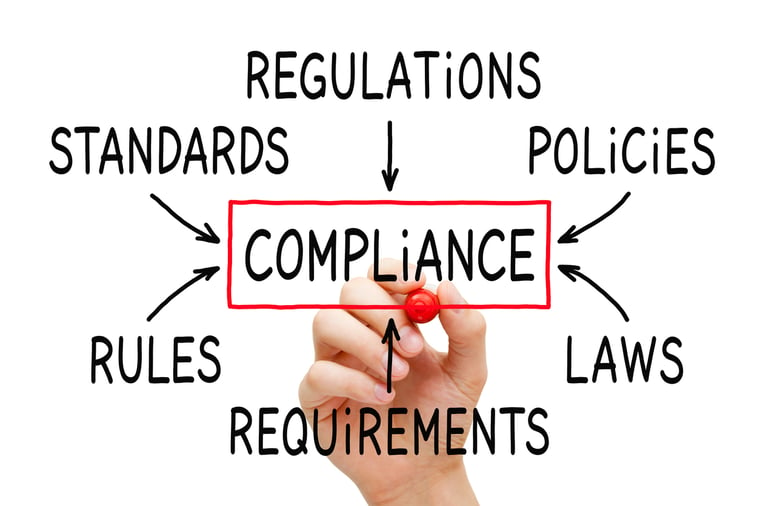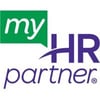An executive order handed down by the White House is about to impact companies with 100 employees or more – about two-thirds of the country’s total workforce. An effort to boost vaccine rates and save lives, it requires employees to do one of the following: Show proof that they’ve been vaccinated for COVID-19, undergo COVID-19 testing weekly, or work exclusively from home. The mandate is stricter for federal government employees, required to comply regardless of company size.
So what does enforcement look like within the walls of your business? It’s today’s million-dollar question, and one that company leaders and HR teams are tasked with answering. myHR Partner advocates full compliance with the vaccine mandate while recognizing that implementation specifics will vary from one business to the next. We also understand that companies like yours are hungry for guidance on this loaded matter.
First, some basics
No one is clear how or whether the Occupational Safety and Health Administration (OSHA) will enforce the mandate legally once it goes into effect (which many believe will take place in early December). What is clear? The fact that your employees and even your leadership might hold differing and strong opinions on the topic. It’s all the more reason to establish internal standards right away, not only for general implementation protocol, but for fielding any requests, refusals, or differences that might arise.
It’s also important to remember that workers who don’t wish to be vaccinated for medical reasons can request exemption under the Americans with Disabilities Act. Those for whom a vaccine violates religious beliefs are protected under Title VII of the Civil Rights Act of 1964. Employers should brace for these exemption requests (more on these in a minute) in addition to doing several other things.
The power of a plan
First order of business: Get leadership on the same page. You don’t have to see eye-to-eye on the executive order, but you do need to unilaterally determine leadership’s lines in the sand. Topics to cover in an HR preparedness plan for your workplace:
- Verification protocol for vaccinated and soon-to-be-vaccinated employees: Who verifies vaccine records, and how? While HIPAA protocol doesn’t apply to employers or employment records, the choice to vaccinate is nonetheless a personal one, and employees’ privacy should be handled with the utmost professionalism.
- Testing protocol for employees who take the testing route: Where will testing take place each week? Who will oversee it? Who documents results? What expectations are in place when employees test positive, from notifying coworkers who might have been exposed to the medical proof (if any) required to return to work?
- Work-from-home requests: To whom, if anyone, will you extend the privilege of working from home in lieu of a COVID-19 vaccine or weekly testing? Remember, employees who might otherwise request medical and religious exemptions might be inclined to take this route. Letting employees work from home indefinitely might seem straightforward at first glance, but can get complicated in the absence of clear parameters. Companies without work from home policies are wise to develop one.
- Exemption handling: How and when should exemption requests be received from employees? Who will make these calls? To quote NPR, exemption requests are “a lot to unpack,” and it’s on you to determine whether you’ll accommodate them.
- Employee communication overall: How will employees communicate their mandate-related decisions to leadership? By when do you need their responses?
- Noncompliance: If an employee refuses to comply with the federal order, how will it be addressed? Most experts suggest a plan that maps to your larger standard disciplinary process, which in many cases includes warnings and consequences before an employee can be fired.
Whether via meeting or email, communicate your plan with employees, but only after its firmly established. Be clear and concise about how you will address each employee’s decision, and allow for open, non-biased communication and availability in hearing concerns from all perspectives.
Remember: Compliance is key
Again, it’s unclear exactly when or whether OSHA will enforce the mandate. Still, you should assume that they will. As a larger effort to dodge hassles and legal challenges:
- Given the quickly-changing nature of all things COVID, keeping up-to-date on developments is more critical than ever before. Make sure the chain of command within your company is clear. Who stays abreast of federal directives, and with whom and how do they communicate any changes?
- Get on the same page as your legal team so you know your rights as an employer and the rights of your employees.
Overwhelmed by it all? myHR Partner can provide reliable guidance or handle it all for you. Schedule a call to learn how we are helping businesses and even human resources departments navigate this and other federal orders safely and compliantly.
Related Posts



